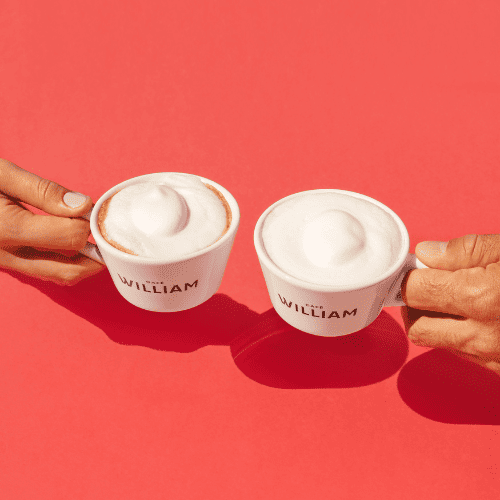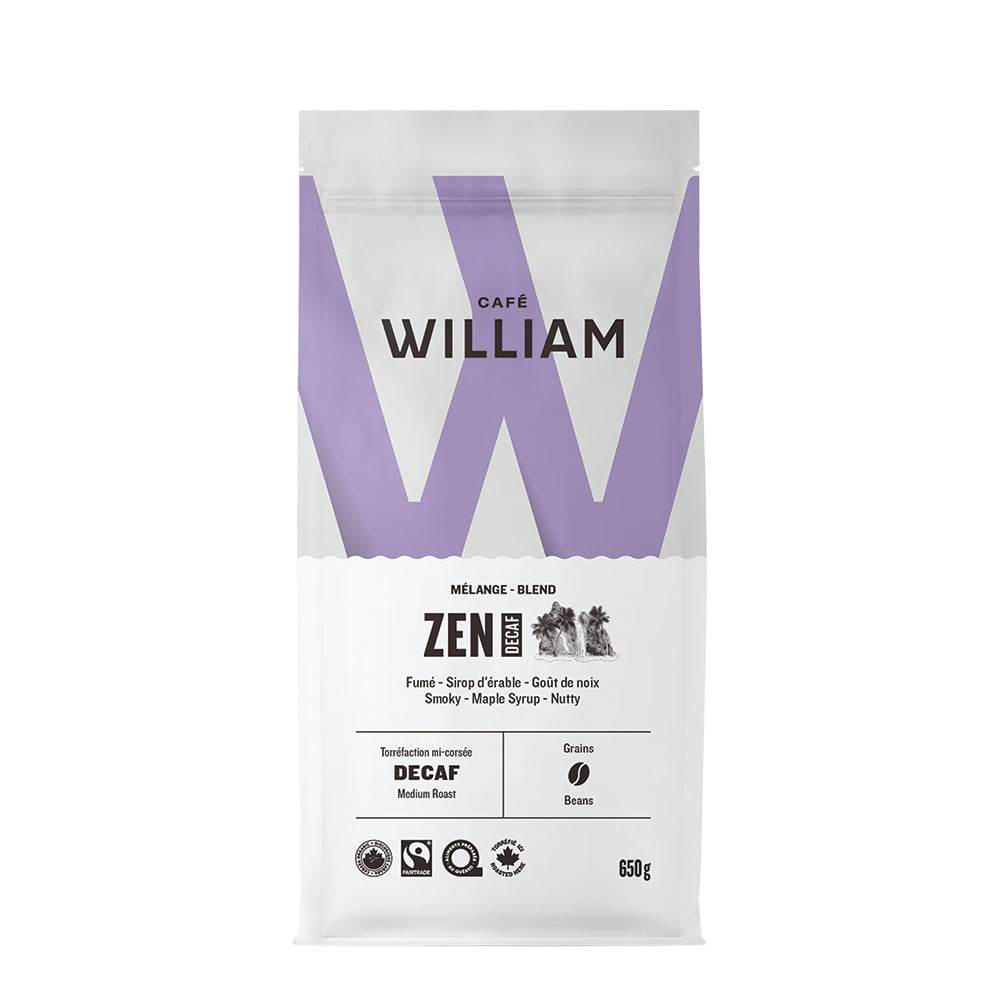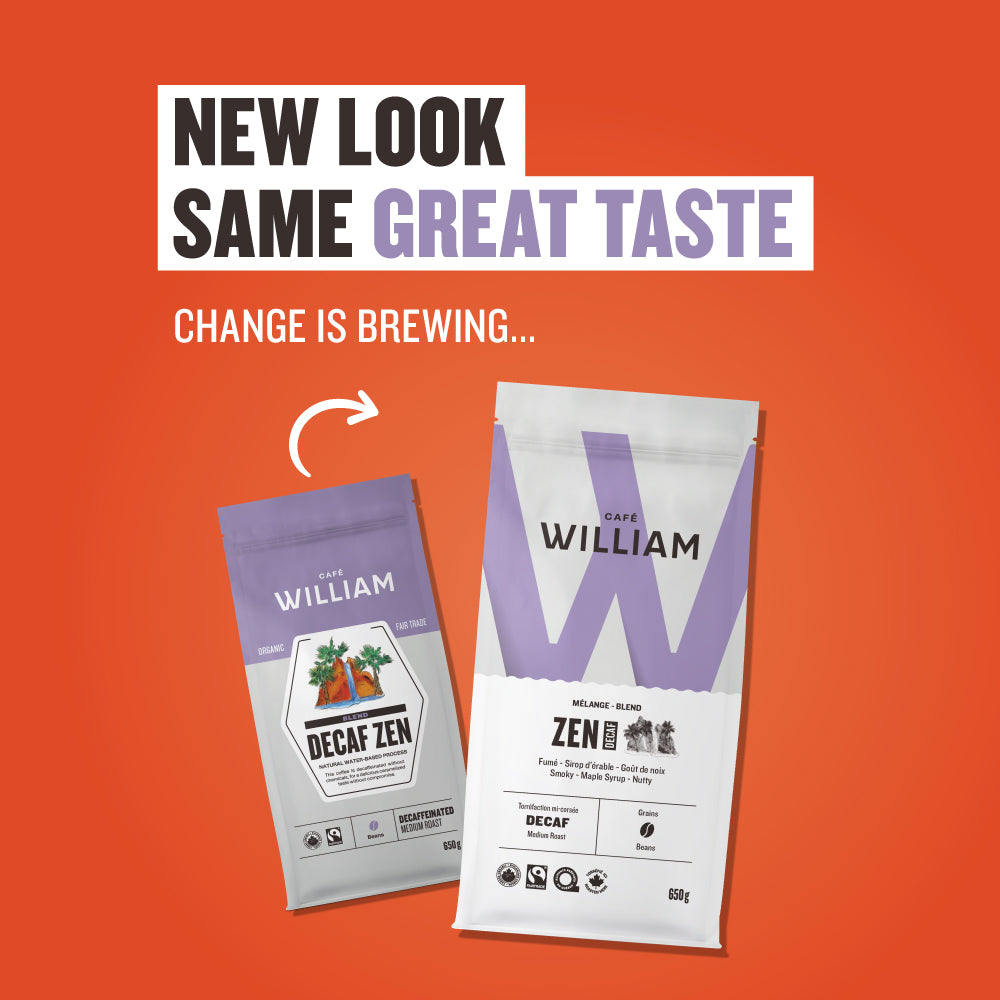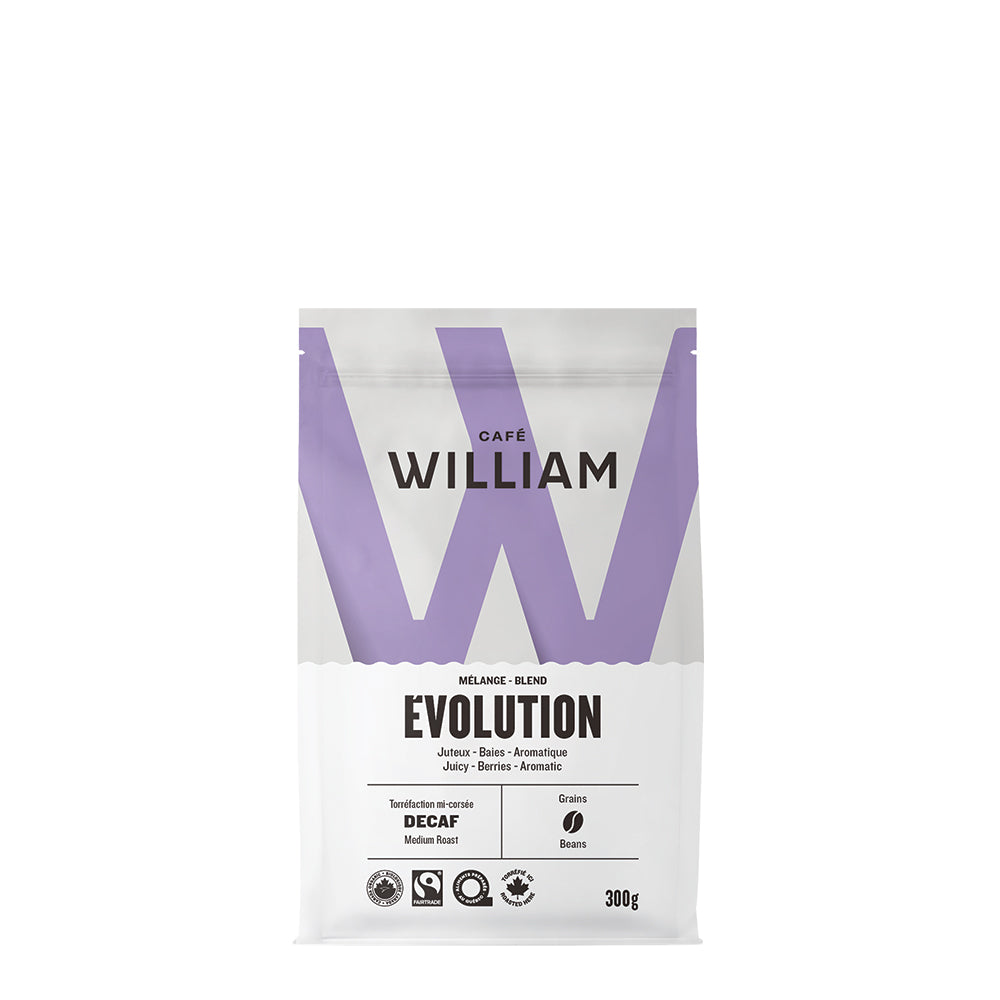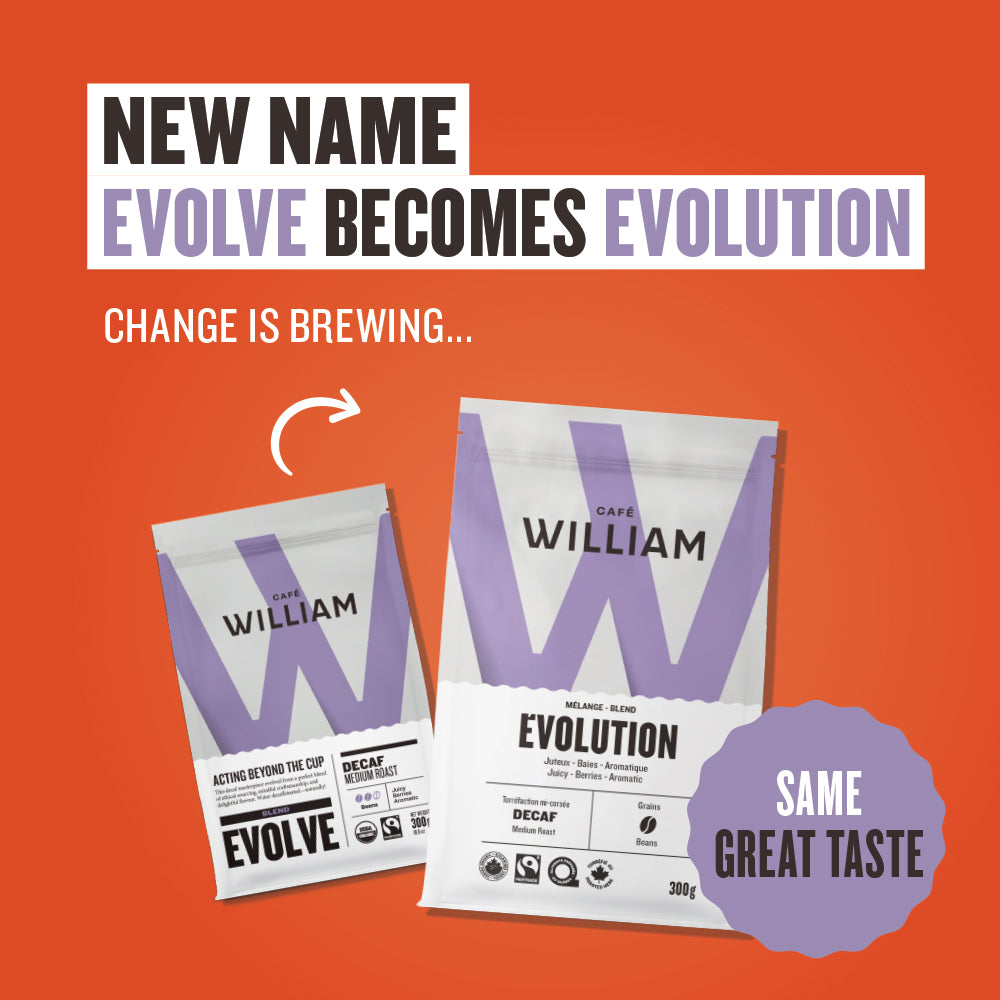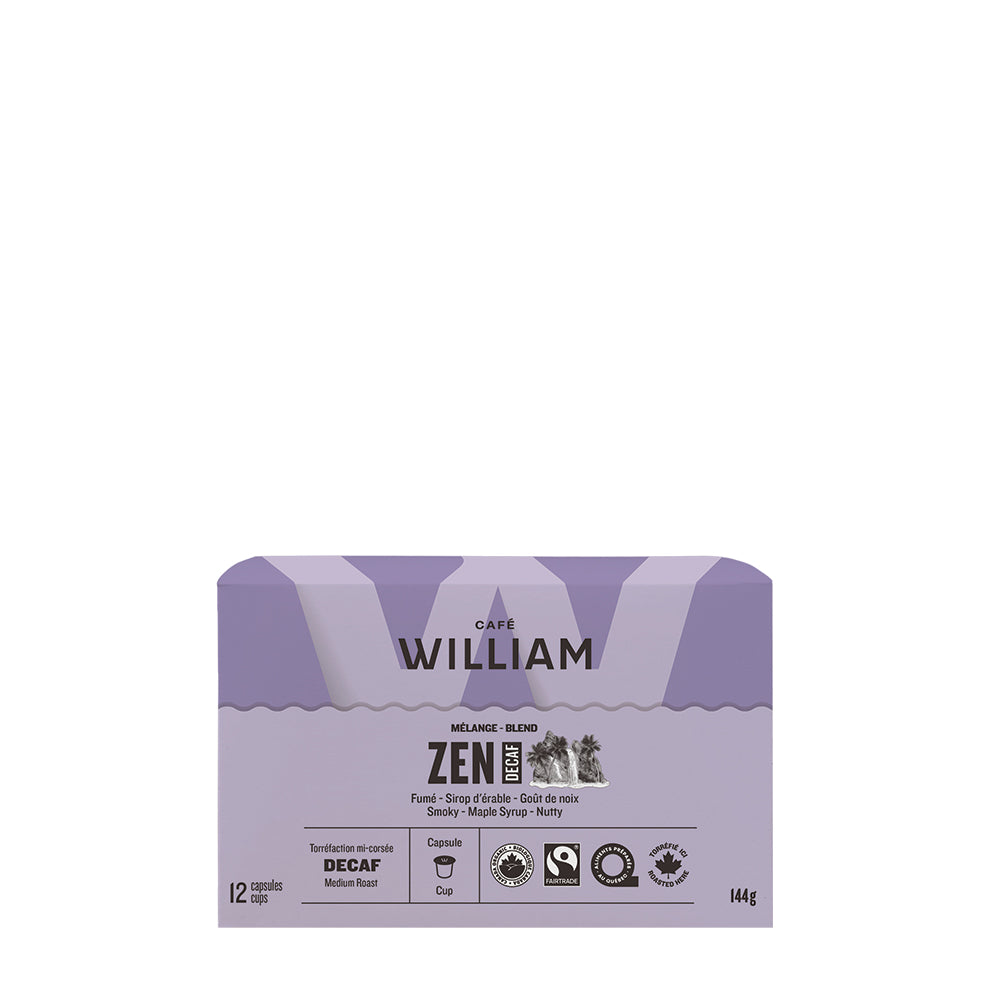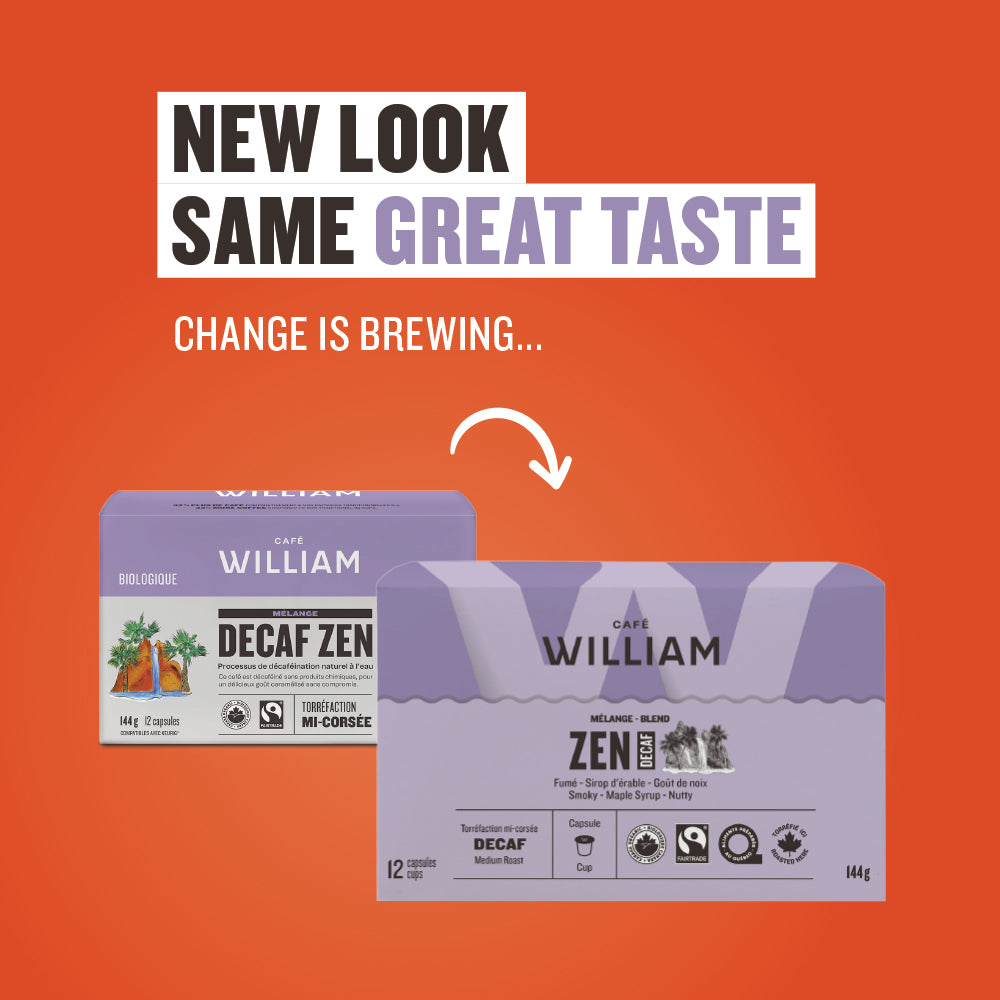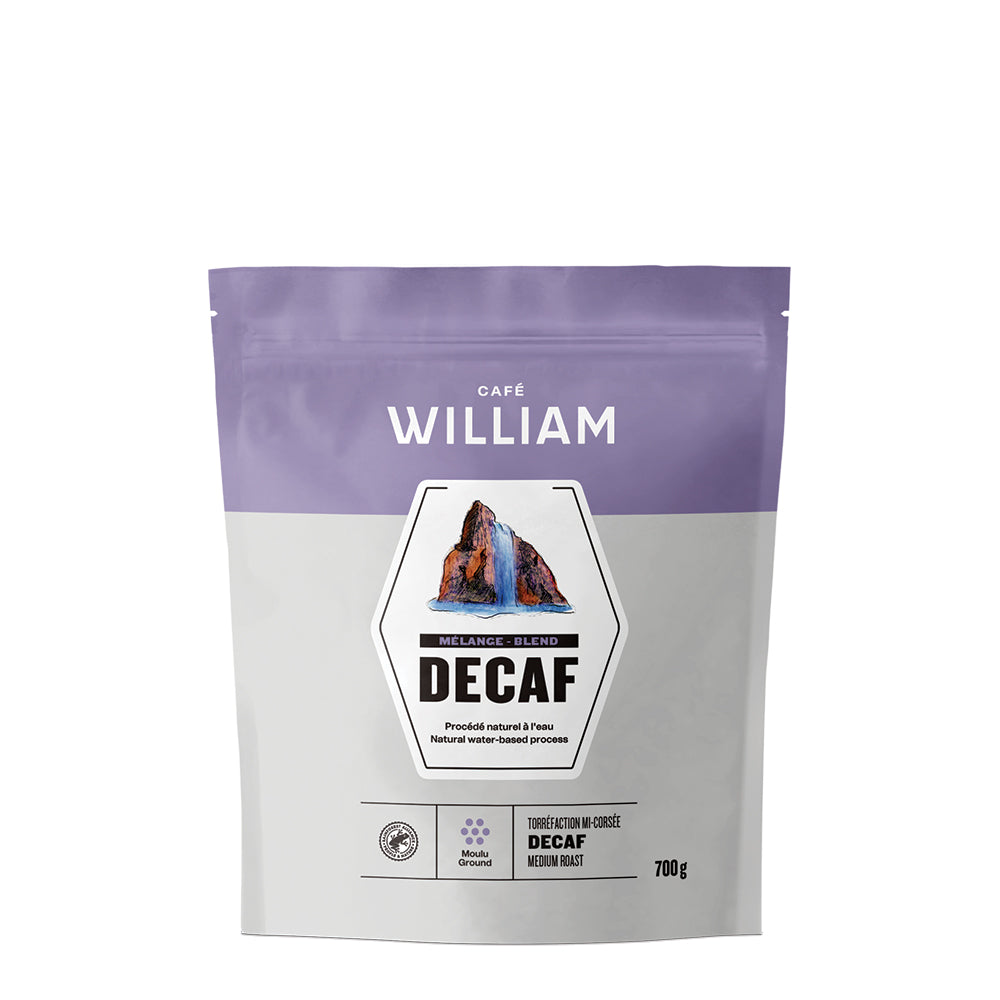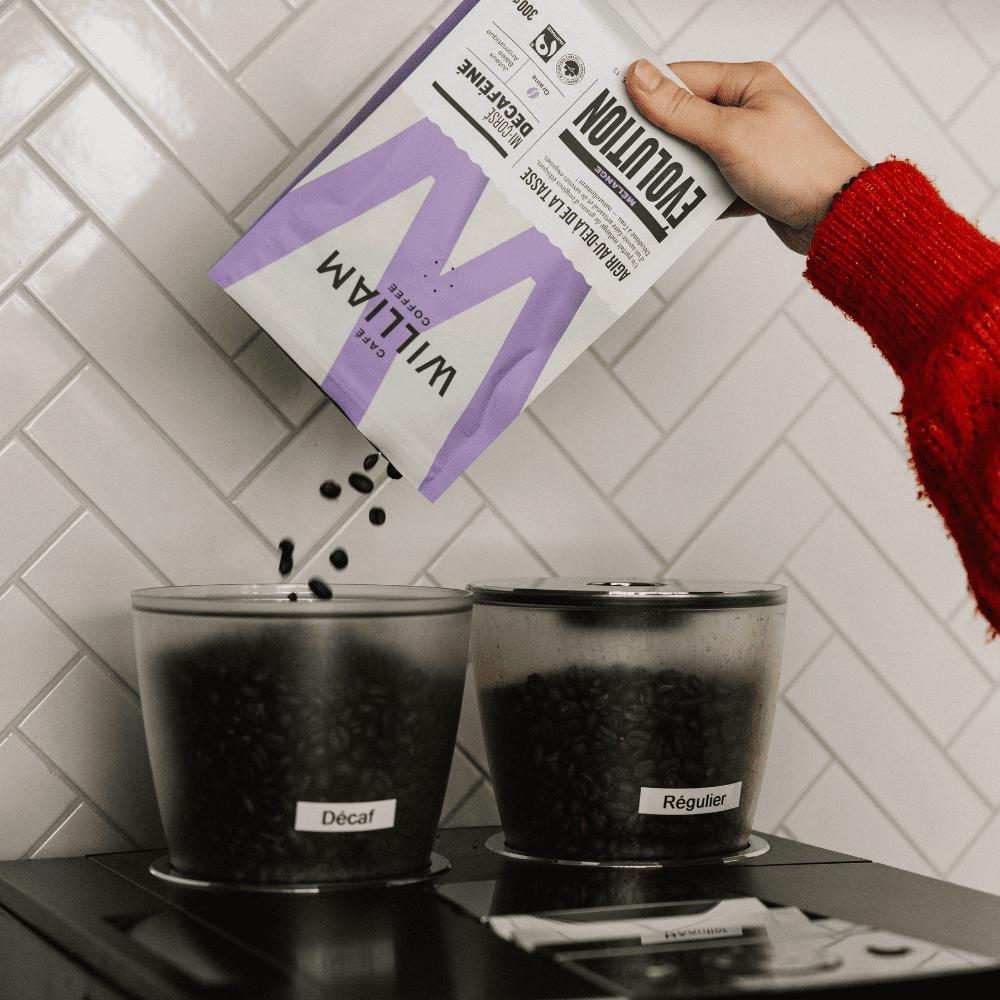
Coffee holds a special place in our lives-kickstarting our mornings, energizing our breaks, or adding a touch of comfort when we feel like winding down. But what about those who want to savor coffee’s rich aroma and flavor without the caffeine buzz? That’s where decaffeination comes in, offering the best of both worlds.
Why Decaffeination Matters
Through various methods, caffeine is reduced or entirely removed, preserving the qualities we know and love in coffee. Each decaffeination process brings its own unique benefits and subtle influence on taste. Join us as we explore the fascinating world of decaffeination, delving into the techniques that transform green coffee beans into the high-quality, decaffeinated brews we enjoy today.
The Water Method
The water method, celebrated for its natural approach and commitment to consumer health, is one of the gentlest processes for decaffeinating coffee. Entirely free of chemicals, this method uses nothing but water to draw out caffeine, leaving the coffee’s vibrant aromas and flavors intact.
The process begins with a hot water bath in which the green coffee beans soak for about 10 hours. As caffeine, which is naturally soluble, gradually migrates into the water, the aromatic compounds are carefully preserved. To achieve this, the water is pre-saturated with flavor elements, preventing the beans from losing their signature characteristics.
Once the water becomes rich in caffeine, it is heated and pressurized to enhance extraction. The caffeine is then filtered out using activated charcoal, a material capable of retaining it while allowing other aromatic compounds to pass through. The filtered water is reintroduced into the bath, and the process is repeated until the desired level of caffeine concentration is achieved.
This method is especially favored for organic coffee, as it maintains most of the coffee's aromatic complexity, delivering a taste experience that closely mirrors that of regular coffee. Environmentally friendly and mindful of both quality and health, the water method is an ideal choice for coffee lovers who prioritize sustainability and flavor. It’s the method we proudly use at Café William to create our rich, flavorful decaf coffee.
The Carbon Dioxide Method
This innovative process begins with a steam bath for the green coffee beans. The heat gently causes the beans to expand, opening up their structure and preparing them to welcome carbon dioxide deep into their core.
Next, the beans are placed in tanks where carbon dioxide, pressurized at 250 bars, is injected in a supercritical state—a form in which it possesses both liquid and gas properties. In this special form, CO2 acts as a natural solvent, exclusively targeting caffeine while preserving the aromatic compounds essential to the coffee's flavor.
The caffeine-laden CO2 is then filtered using activated charcoal or rinsed with water, leaving behind the caffeine it collected. But the story doesn’t end there - The caffeine removed from coffee beans can be recycled and sold to soda or energy drink companies or pharmaceutical industries Finally, the coffee beans undergo a resting phase, allowing any lingering carbon dioxide to evaporate completely before being roasted.
The Solvent Method
The solvent method is widely used in the coffee industry, and known for its speed and efficiency in decaffeinating beans. But what makes this process so effective? Let’s take a closer look.
It all starts with soaking the green coffee beans in hot water. This helps open up their pores and release the caffeine. Once the beans are ready, they’re exposed to a carefully selected solvent that targets the caffeine molecule without affecting much else. The most commonly used solvents are ethyl acetate—found naturally in fruits—and methylene chloride, a synthetic compound known for its effectiveness. Once the caffeine is dissolved into the solvent, the beans are carefully rinsed with water or exposed to steam to eliminate any chemical traces. This process is repeated until the beans contain less than 0.1% caffeine, in accordance with international standards.
One of the key advantages of this method is its ability to preserve the coffee’s flavor. In fact, the solvents used only target the caffeine, leaving the aromatic compounds intact. However, this method sometimes raises concerns due to the use of chemicals. It is important to note that when carried out according to strict regulations, the solvent method is completely safe, and no significant chemical residues remain in the final cup.
While it’s a highly efficient technique, this method is often favored for mass-produced or more generic blends.It’s faster, simpler, and more cost-effective compared to other decaffeination methods like water or carbon dioxide. Nonetheless, it remains a reliable option for delivering decaffeinated coffee to a wide audience.
Decaffeination: an art beyond the caffeine
Decaffeination isn’t just about removing caffeine; it’s a delicate art that preserves the intricate flavors and high quality of the coffee we love. This process allows coffee lovers to enjoy the rich, complex profiles of their favorite brews without the stimulating effects of caffeine.
Each decaffeination method—whether it’s the water method, carbon dioxide, solvent method, or Swiss Water® method—brings its own unique touch to the coffee. These techniques cater to a range of preferences, from environmental concerns to flavor preservation and efficiency. What they all have in common is their ability to provide a caffeine-free alternative that doesn’t compromise on taste.
For coffee aficionados, these methods offer an exciting array of possibilities. Whether you’re drawn to the environmentally respectful water method, the efficiency of carbon dioxide, or the careful flavor balance of Swiss Water®, each option opens up a world of coffee enjoyment without the caffeine buzz.
These decaffeination techniques are not only meeting the growing demand for caffeine-free options, but they’re also attracting a new wave of consumers who want to enjoy the authentic pleasure of coffee, while staying mindful of their health and well-being.
Discover Café William’s Decaf Coffees
Explore our decaffeinated coffee beans, featuring rich notes of dried fruit and herbs. Enjoy the caramelized flavor of our ground decaf coffee, also available in convenient decaf K-cups. Looking for a practical and versatile option? Try our Evolve decaf coffee brew bags, perfect for both hot and cold brews.

